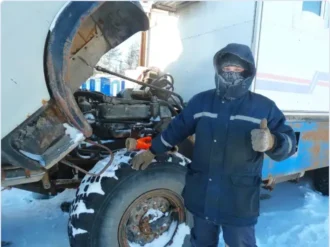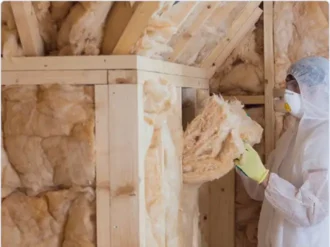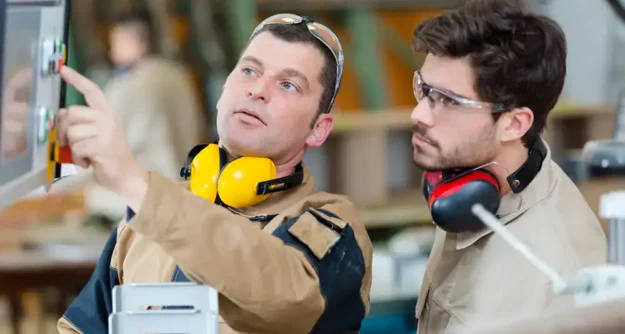Introduction
From exposure to dangerous chemicals and radiant energy to burns, ergonomic hazards, a very noisy work environment, heat stress, and respirable airborne particulates, glass production workers face a wide range of challenges on a daily basis. Rigorous safety training and the correct use of personal protective equipment are therefore essential aspects of incident prevention in this sector.
Potential Hazards
The most common risks associated with glass production include:
Exposure to Asbestos and Dangerous Chemicals.
The implications of asbestos on human health were only recently brought to light a few decades ago. Before the information reached the public, most workers in glass factories used asbestos heat-resistant mittens to protect their hands from hot surfaces. Furthermore, asbestos was used in the construction of many glass factories, some of which continue to be in use to this day. Although the substance is no longer commercialized for these purposes, an uninformed glass production employee may inadvertently come across an old pair of gloves and expose themselves and their colleagues to airborne asbestos fibers. Other dangerous chemicals that may be inhaled during the manufacturing of glass include silica dust, mono-nitrogen oxides, as well as carbon mono- and dioxide.Burns.
Glass production workers perform a variety of tasks in the proximity of furnaces and hot surfaces. Especially due to fatigue, but also due to lack of proper training, employees may suffer first-, second-, and even third-degree burns by coming in contact with the latter. Thermal burns, which are some of the most common injuries in this sector, usually result from contact with flames, steam, hot surfaces, or hot liquids.High Levels of Noise.
Glass manufacturing plants are extremely noisy work environments, particularly due to the nature of the machineries used in the process. Although some progress is being made in the development of quieter equipment, noise-cancelling earphones and muffles continue to be the most effective way to prevent hearing issues and even hearing loss.Ergonomic Hazards.
Glass production requires meticulous and repetitive work, which may force employees into awkward or uncomfortable positions for extended periods of time. Poorly adjusted work tables and inappropriate ergonomics can lead to re-occurring injuries, circulatory issues, pulled muscles, and other problems.
Incident Prevention
There are several factors that can contribute to successful incident prevention in glass manufacturing. First and most importantly, all workers in a glass factory must receive proper training in order to become aware of the hazards associated with their daily routines. Only once they have acquired the necessary knowledge can employees assess risks correctly and apply effective measures to maintain their safety.
Secondly, the proper use and maintenance of personal protective equipment can drastically reduce the number and severity of injuries when accidents do occur. Furthermore, PPE such as respirators and ear muffles can help workers maintain their long-term health in spite of a noisy work environment or exposure to dangerous materials and chemicals.
Finally, the importance of competent supervision should not be underestimated. Supervisors are able to detect possible incidents before they occur, as well as implement systems designed to reduce some of the risk factors – such as fatigue, for example – that may contribute to injuries.
Recommended Safety Courses



What You Can Do to Stay Safe
If you work in a glass factory, the most effective way to maintain your health is to access safety courses that can prepare you to face the hazards associated with your profession. Although you can purchase and complete these courses on your own, your employer is under legal obligation to provide access to the necessary safety training for you and your co-workers.
For a more comprehensive list of safety courses that are best suited for glass production workers, please consult our Automotive and Manufacturing industry page.

